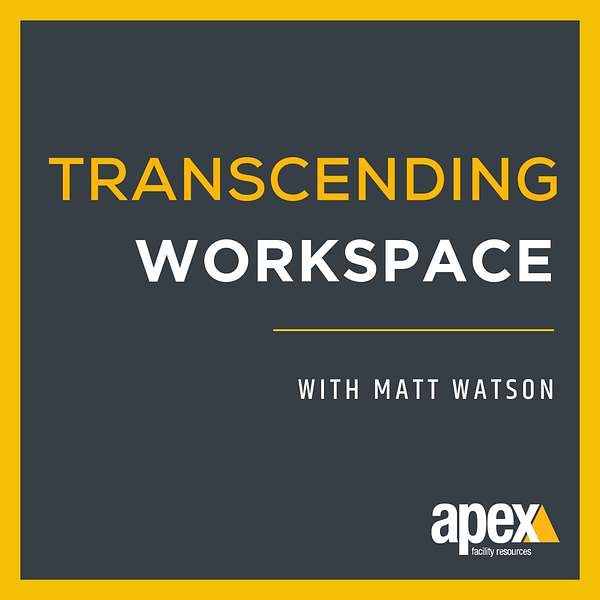
Transcending Workspace
Transcending Workspace
Preparing for an Office Relocation
Quick tips from Matt Watson on how to make your life easier as you move from your current office
Connect with us:
www.apexfacility.com
Connect with Matt on LinkedIn
Matt 00;00;00;06
Closely changing workspace design trends and the impact of the hybrid work strategy has led to an increase in office relocations and space decommissioning. In most cases, little to no existing furniture will be moved to the new office, and yet it must be removed from the old office to surrender the lease to the landlord. So the success of an office move today depends on managing the decommissioning of workspace and the removal of unused assets.
Matt 00;00;53;08
The evolution away from traditional offices and workstations to social and collaborative environments has had a dramatic influence on workspace furnishing. In most cases, companies do not need the existing furniture and equipment, resulting in disposition of furniture and equipment from the old office. Change managers working on office relocations have struggled to manage this dynamic, which now has become the largest cost of a workspace.
Matt 00;01;26;09
A lack of planning and understanding of the used office furniture markets has resulted in most of this product moving to the landfill. Understanding the scope of a project is the first step in identifying the cost of an office relocation. Most commercial leases require the occupied space to be left in broom swept condition after the move out. This means that all contents freestanding office furniture, office equipment and data cabling, infrastructure must be removed, leaving this space clear of debris.
Matt 00;01;26;25
In some cases, the tenant can negotiate, leaving furniture and or office I.T. infrastructure. If the landlord thinks they can lease the space faster. But this is rare during a lease surrender process. Determining the value of unused assets and scoping the project is the key in executing a successful office. Relocation and disposition, liquidating used office furniture can be very difficult in most markets, as liquidators are flooded with inventory.
Matt 00;01;54;27
In addition, the evolution in workspace design renders recently purchased furniture obsolete, resulting in most inventories having next to no value on the used market. Creative planning can offset these costs by refurbishing, donating and recycling, but in most cases, the office furniture disposal will be the largest cost of making a move. Fortunately, there is some value in equipment with many local and national organizations managing the recycling process for the customer.
Matt 2;25;29
Since planning furniture reuse is not typically part of the design process, change managers need to prioritize blending use with new furniture when planning the new office. The sooner planners identify the office furniture requirement, the better chance they have in offsetting the unnecessary disposal of used assets. The goal is to offset decommissioning costs by recovering any value possible in used inventory.
Matt 2;50;20
Achieving a net neutral cost in the decommissioning process is considered a win in most cases. The idea is to be proactive, managing the process, understanding that decommissioning and disposition is now the largest cost of an office move. For many, the relocation process can be challenging. But for those who connect, planning the new space with managing the disposition of existing assets early in the process will have a much more successful project.
Matt 3;18;09
We hope this overview of the constantly evolving process of managing workspace change has been helpful. To learn more about your options when decommissioning your space, check out our website at ApexFacility.com.
